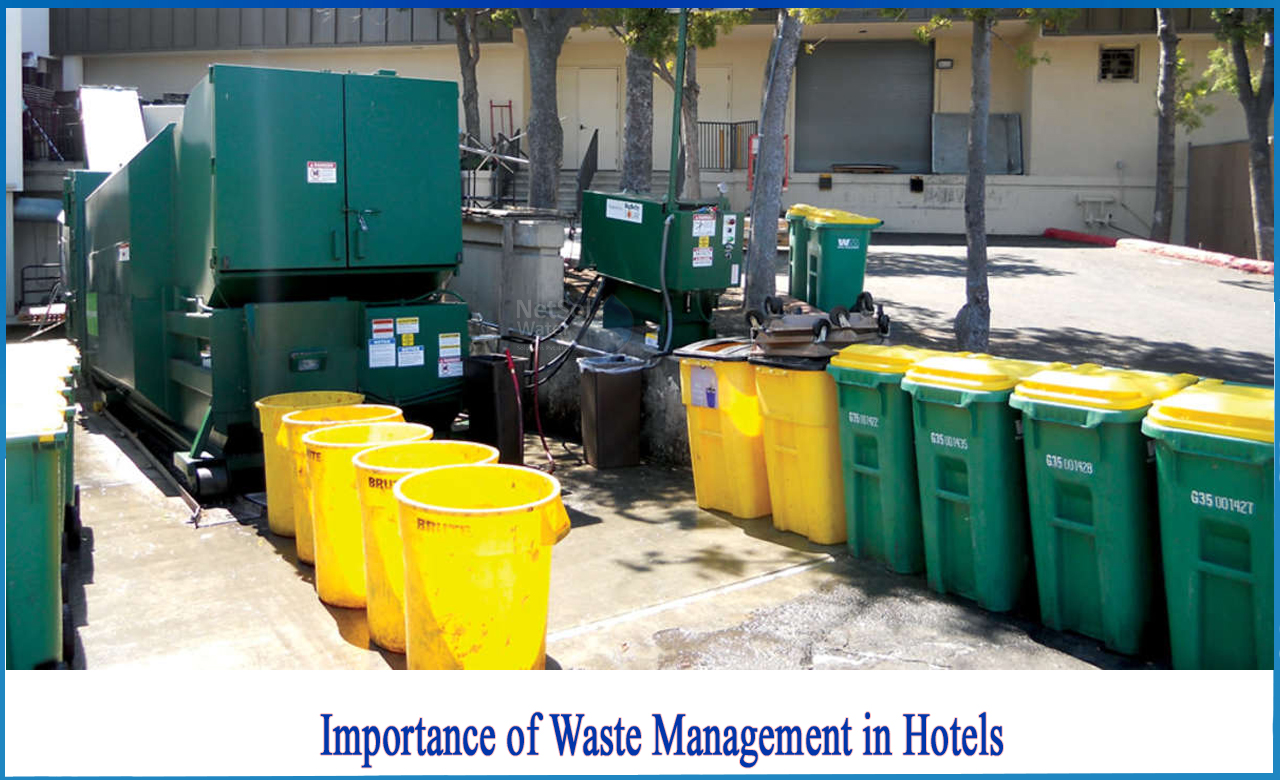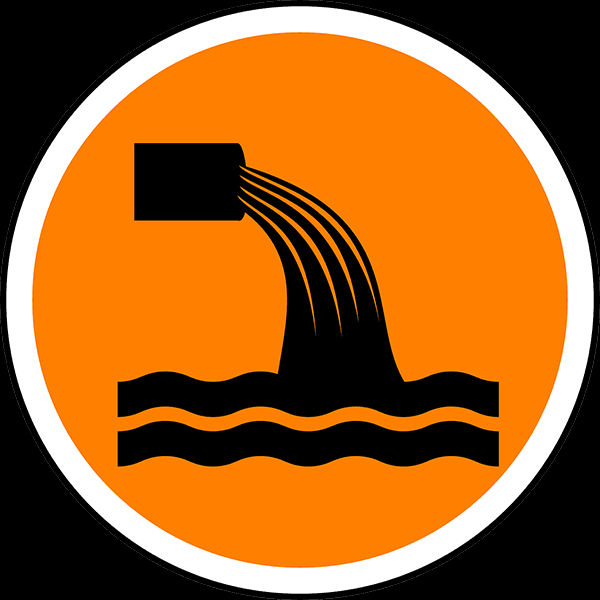8 Simple Techniques For Reclaim Waste
Table of ContentsFacts About Reclaim Waste UncoveredReclaim Waste Fundamentals ExplainedLittle Known Questions About Reclaim Waste.Reclaim Waste Fundamentals ExplainedFacts About Reclaim Waste Revealed
Check out the kinds, incidents, and forms of fluid waste. Domestic sewer waste refers to the waste and items from a household septic system. This kind of waste is produced by human beings in homes, institutions, and other structures. This only includes septic storage tanks that have a drainpipe field. The proper management and disposal of residential sewage waste require fluid waste to be transferred to a sewer treatment plant where the correct techniques and equipment are put on cleanse and take care of waste.
Commercial waste often includes possible risks, such as combustible materials or a blend of liquid and solid waste items, and calls for a much more innovative and in-depth disposal procedure. The disposal of industrial waste commonly includes the purification of waste before transportation to make certain risk-free and appropriate disposal. Hazardous waste is developed from by-products and runoff of industrial procedures and manufacturing.
This kind of waste can not make use of the same sewage administration transport or procedures as septic or industrial fluids. The hazardous waste administration process needs the inspection and screening of fluid waste prior to it undertakes the disposal procedure (industrial wastewater treatment). Runoff waste is the liquid waste that comes from overflow and excess stormwater in extremely booming areas or cities
Runoff waste can create contamination and flooding otherwise dealt with correctly. Find out more regarding drain cleansing and waste monitoring. Ensuring appropriate waste administration can stop catastrophes and minimize ecological damage. Both individuals in domestic setups and experts in industrial or production markets can take advantage of understanding the procedures and regulations of fluid waste administration.
Reclaim Waste Fundamentals Explained
Call PROS Solutions today to learn concerning our waste administration and disposal services and the appropriate ways to care for the fluid waste you generate.
This supposed 'wastewater' is not only a vital source however, after therapy, will be launched to our land, rivers or the ocean. Utilized water from commodes, showers, bathrooms, kitchen sinks, washings and commercial procedures is understood as wastewater.

water used to cool down equipment or tidy plant and equipment). Stormwater, a form of wastewater, is drainage that moves from agricultural and city areas such as roofings, parks, gardens, roads, courses and rain gutters into stormwater drains pipes, after rain. Stormwater moves unattended straight to regional creeks or rivers, ultimately getting to the ocean.
Rumored Buzz on Reclaim Waste
In Queensland, many wastewater is treated at sewer treatment plants. Wastewater is transferred from domestic or commercial websites via a system of drains and pump terminals, recognized as sewage reticulation, to a sewage treatment plant. City governments build, preserve and operate most sewage treatment plants. Operators are licensed under the Environmental Defense Act 1994 to discharge cured wastewater at an acceptable environmental requirement into rivers.
The Department of Natural Resources recommends city governments regarding managing, operating and maintaining sewage systems and treatment plants. In unsewered areas, city governments might call for homeowners to install individual or family sewage therapy systems to treat residential wastewater from toilets, kitchens, bathrooms and laundries. The Division of Natural Resources authorises the use of household systems when they are verified to be efficient.
In some brand-new class, therapy of some stormwater to eliminate litter, sand and gravel has started making use of gross contaminant traps. Wastewater therapy occurs in 4 stages: Removes strong matter.
Utilizes little living microorganisms knows as micro-organisms to break down and remove staying liquified wastes and fine fragments. Micro-organisms and wastes are incorporated in the sludge.
Reclaim Waste - Questions
Nutrient removal is not readily available whatsoever sewer therapy plants since it requires pricey specialist tools. It is coming to be much more usual in Queensland. Clear liquid effluent generated after therapy may still have disease-causing micro-organisms. If this effluent is released into rivers such as rivers or the sea, the micro-organisms will at some point die out.

Most wastewater moves into the sewage system. Under the Act, neighborhood governments carry click to read out authorizations and licences for eco pertinent tasks (Periods) involving wastewater launches that could have a regional impact.
Get This Report on Reclaim Waste
Or else, examples are considered laboratory evaluation. Often lots of tests are needed to establish the levels of each of the various pollutants such as oils, hefty metals and pesticides in water. Surveillance supplies factual info about water quality and can validate that permit conditions are being fulfilled. The details acquired via tracking provides the basis for making water high quality decisions.
Comments on “More About Reclaim Waste”